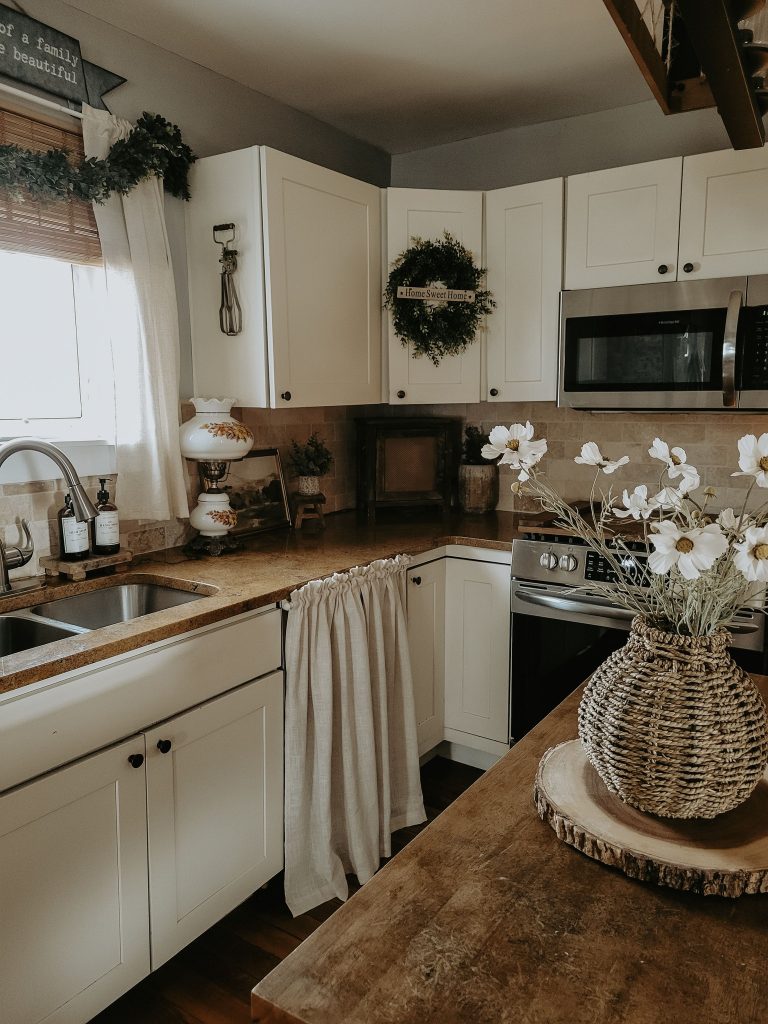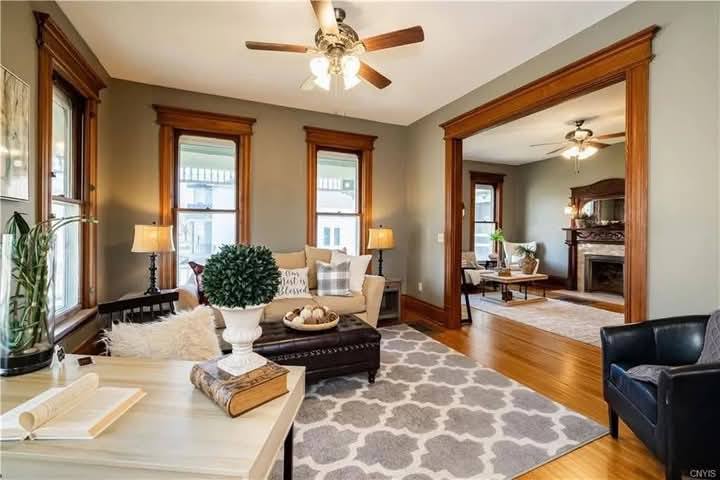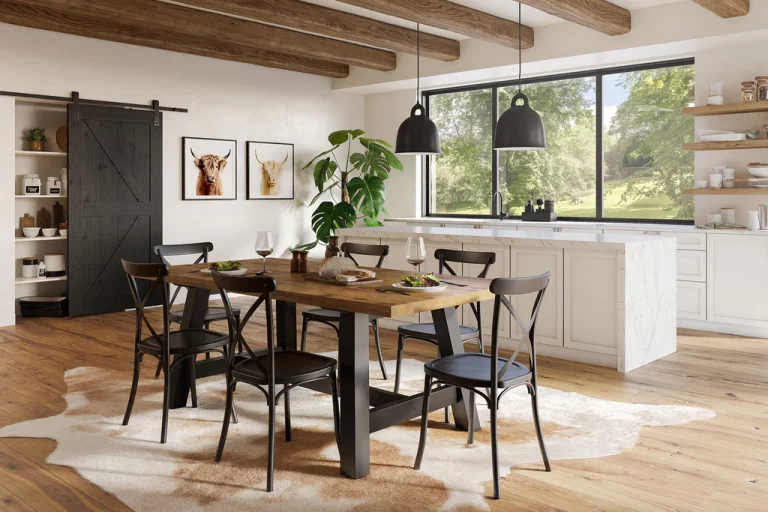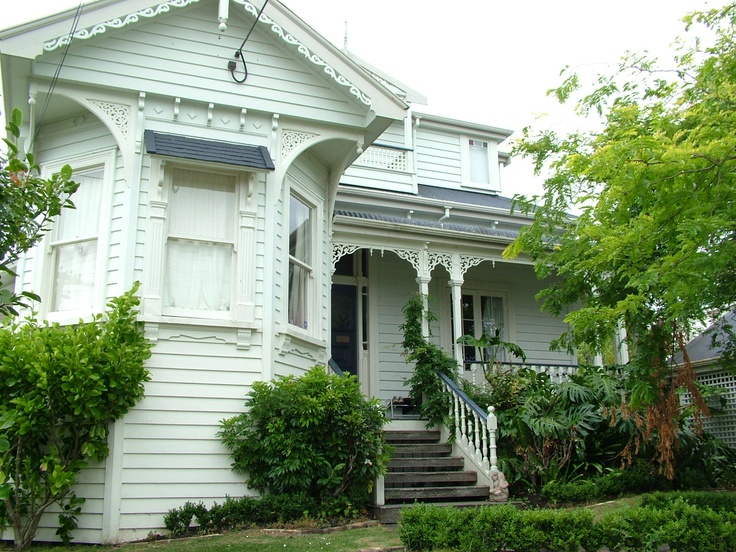Buying an old house in the U.S. can be a significant decision that offers many attractive opportunities, but it also carries potential risks if you’re not well-prepared. Below are some common mistakes you need to avoid to ensure that your old house purchase goes smoothly and provides long-term value.
1. Not Checking the Structural Condition of the House
One of the biggest mistakes when buying an old house is not thoroughly checking its structural issues. Old houses may have problems such as foundation settlement, wall cracks, or damaged roofs. Ignoring these structural checks could result in significant repair costs down the road. Make sure to hire an expert to inspect the house so you can get a clear understanding of its condition.
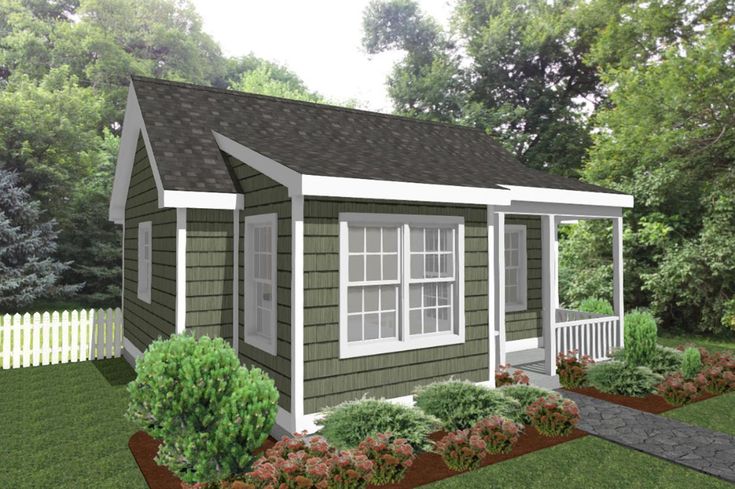
2. Not Considering Renovation Costs
When buying an old house, you may face substantial renovation costs, from replacing plumbing and electrical systems to upgrading the interior. If you don’t carefully calculate these expenses, you might encounter unexpected financial surprises. Always have a contingency budget for repairs and renovations.
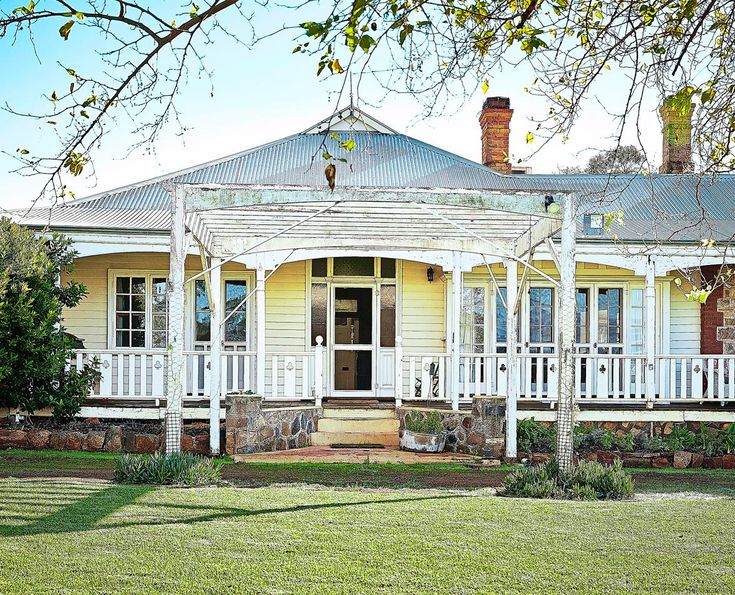
3. Not Researching the Location Properly
Location is a crucial factor when buying an old house. No matter how beautiful or historically significant a house may be, if it’s in an inconvenient or undeveloped area, its value may decrease over time. Make sure to thoroughly research the area you’re looking to buy in, considering factors such as living environment quality, local development, and surrounding amenities.
4. Overlooking Legal and Preservation Requirements
Buying an old house in the U.S. may come with preservation requirements, especially if the house has historical value. Houses located in historic districts may require you to follow strict rules about repairs, renovations, or architectural changes. If you’re unaware of these regulations, you could face legal issues or additional costs to comply with preservation requirements.
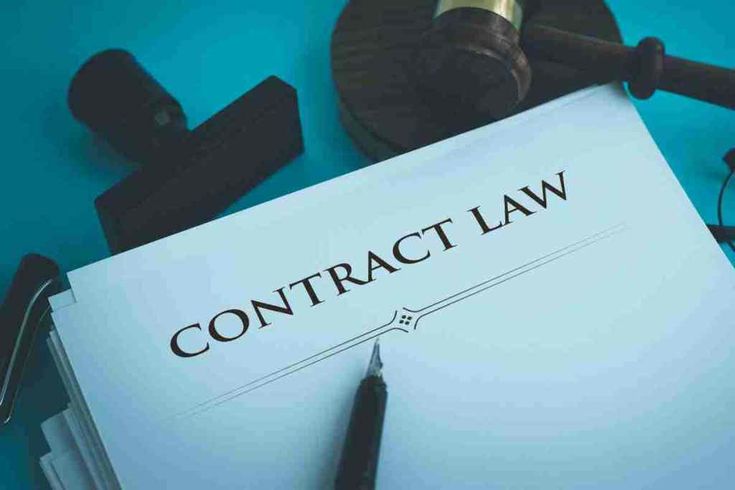
5. Not Evaluating Long-Term Investment Potential
Another mistake when buying an old house is failing to consider its potential for future value appreciation. An old house may have value at the time of purchase but may not increase in value over time if the area doesn’t develop or the house isn’t renovated properly. Before deciding to buy, assess the investment potential of the house, including the area’s value and future development plans.
6. Not Having a Clear Financial Plan
Buying an old house often requires a significant financial commitment, which may involve borrowing money. Some buyers fail to create a detailed financial plan, which can lead to insufficient funds to cover the purchase price, repairs, and maintenance. To avoid financial difficulties, plan carefully for your loan, interest rates, renovation costs, and ongoing maintenance expenses.

7. Ignoring Environmental Issues
Some old houses may face environmental problems like termites, lead, or asbestos. These issues should be carefully inspected before making a purchase decision. If you don’t check thoroughly, you may end up spending a lot of money to remove these hazards, which could be costly and affect your safety.
8. Not Researching the House’s History
Finally, the history of the house can provide valuable information. Houses with long histories may have interesting stories but may also have encountered construction or renovation issues in the past. Understanding the house’s history will help you make a more informed decision when purchasing.
Buying an old house in the U.S. can offer fantastic benefits, but if you don’t avoid these common mistakes, you may face financial and legal difficulties in the future. Make sure you’re well-prepared and do thorough research to ensure that you can own an ideal old house that provides long-term value.

